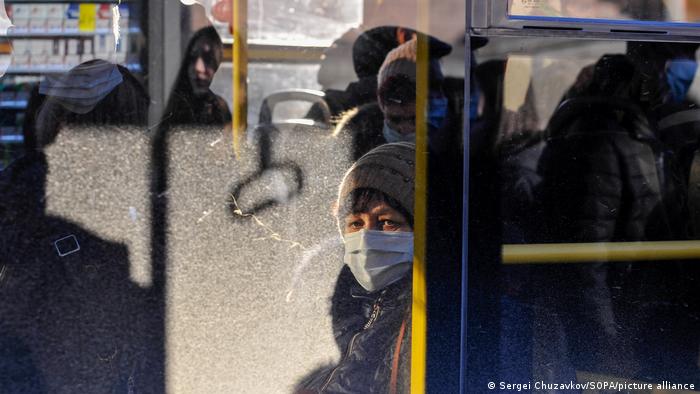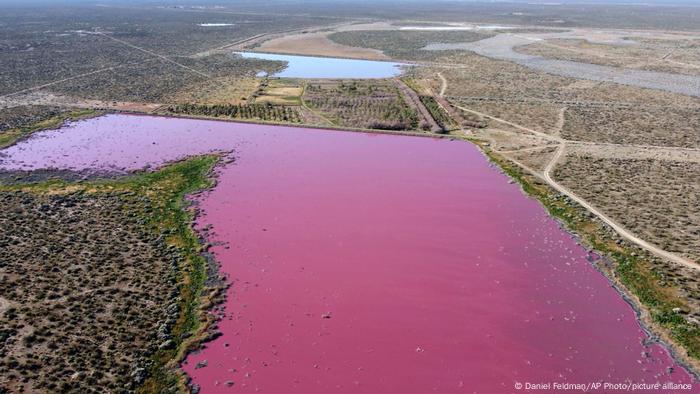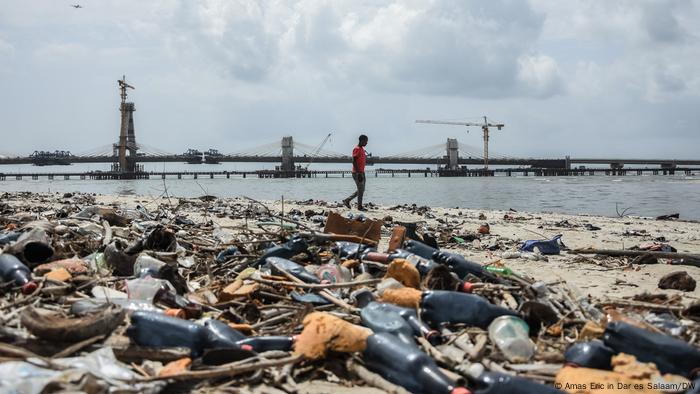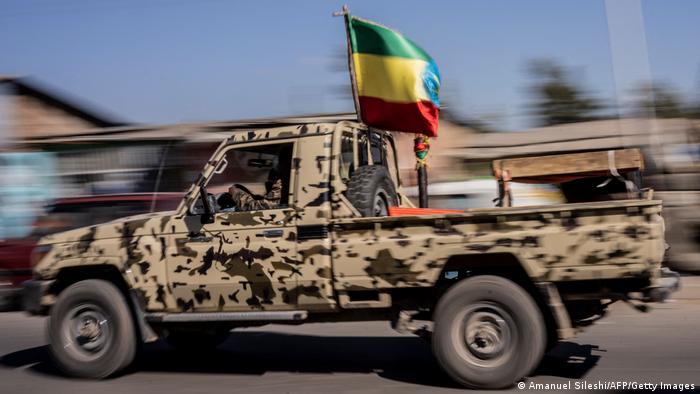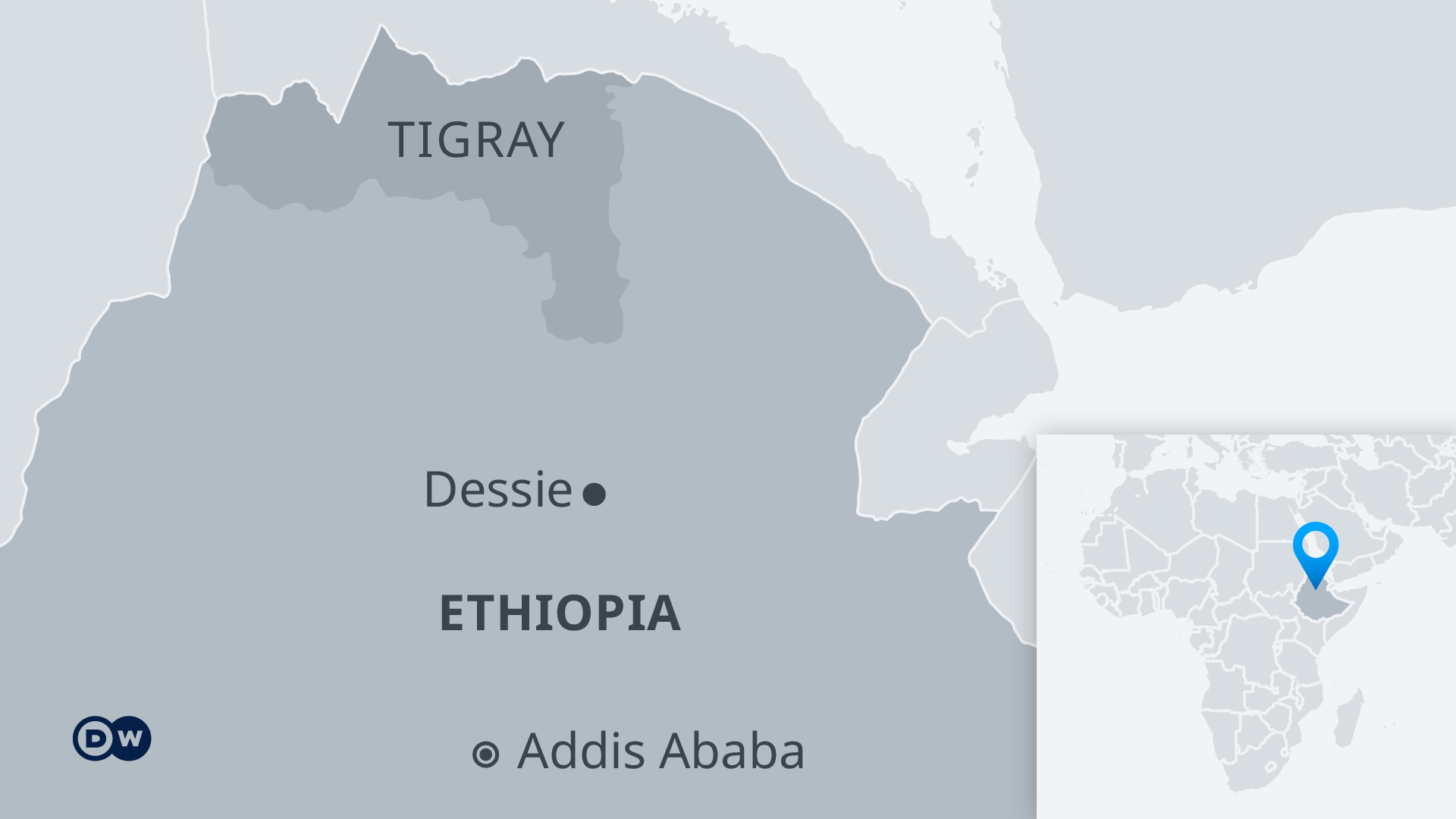Russia says even idea of war with Ukraine is 'unacceptable'
MOSCOW, Jan 27 (Reuters) - A Russian foreign ministry spokesman said on Thursday that even the thought of a war breaking out between Russia and Ukraine was "unacceptable", the latest in a series of official statements aimed at quashing fears of a looming Russian invasion.
"We have already repeatedly stated that our country does not intend to attack anyone. We consider even the thought of a war between our people to be unacceptable," said Alexei Zaitsev, a spokesman for the ministry.
Russia, which seized Crimea from Ukraine in 2014 and has backed an insurgency in eastern Ukraine, has built up forces on its territory near Ukraine as well as in neighbouring Belarus.
Kyiv rejects Russia's version that the separatist conflict in eastern Ukraine is a civil war that has nothing to do with Moscow, saying Russia is supporting the separatists with covert forces on the ground.

TEHRAN (FNA)- Washington and Kiev are at odds over how to interpret reports about Russia’s alleged preparations to invade Ukraine, CNN reported, citing sources.
According to the TV channel, US President Joe Biden and his advisors "have been annoyed by [Ukrainian President Vladimir] Zelensky's public downplaying of the threat".
"The questions we have are, why are you picking fights with the US?" CNN quoted an official as saying.
"Why are you leaking and distorting when the US is one of the only real friends you have? And why ask for more weapons if you say the threat hasn't changed?" the official added.
Meanwhile, according to the TV channel’s sources, the Kiev authorities believe that Washington "is inciting panic and economic turmoil inside Ukraine, while at the same time the US refuses to take preemptive deterrence measures such as imposing new sanctions on Russia".
"Kiev would find more value in taking active deterrent measures such as immediate sanctions against Nord Stream than the persistent verbal warnings predicting imminent war for the last couple months that provide no deterrent, and are actually unintentionally negatively impacting the Ukrainian economy," CNN reported, citing an adviser to Zelensky.
The TV channel reported earlier, citing a senior Ukrainian official that Thursday’s phone call between Biden and Zelensky "did not go well".
Meantime, the head of Ukraine’s parliament sent a letter to several US senators outlining specific demands for sanctioning Russia.
Ruslan Stefanchuk, chairman of Ukraine’s Verkhovna Rada, thanked the senators for supporting Ukraine, and “stressed the importance of already adopted laws to support Ukraine in combating Russian aggression”, according to a statement from the parliament.
Lawmakers are scrambling to put together a bipartisan sanctions package to deter Russia from invading Ukraine — which the Joe Biden administration has warned could happen any day. While deterring Russia from invading Ukraine is a bipartisan point on Capitol Hill, how best to deter an invasion has been a sticking point among senators.
Senators are using legislation introduced by Sen. Bob Menendez (D-N.J.), chairman of the Senate Foreign Relations Committee, as a starting point.
That legislation largely imposes sanctions if the Biden administration determines that Russia invaded or intentionally escalated hostilities against Ukraine.
According to Axios, which first obtained the letter, the request was sent to Menendez and Sen. James Risch (R-Idaho), the ranking member on the Senate Foreign Relations panel. The letter was also sent to Sens. Rob Portman (R-Ohio), Jeanne Shaheen (D-N.H.), Chris Murphy (D-Conn.), John Cornyn (R-Texas), Lindsey Graham (R-S.C.) and Ben Cardin (D-Md.).
The senators on Monday took part in a meeting over Zoom to try to figure out the details for legislation on sanctioning Russia.
Stefanchuk asked for “expedited and higher-impact security assistance, including air defenses, anti-ship and anti-armor capabilities, and flexible loans and financing mechanisms”, according to Axios, citing the letter.
The chairman also demanded immediate, mandatory sanctions against the operator of the Nord Stream 2 pipeline, which Ukraine has announced threatened its security. He also called for mandatory pre-trigger and post-trigger sanctions against all of Russia’s “most significant financial institutions".
Further, Stefanchuk asked for a “clear trigger for the instant and unqualified imposition of any sanctions that are not imposed immediately upon enactment of the legislation".
Speculation about an invasion was initiated by Ukrainian and US officials several months ago, and has been actively fueled by both government officials and Western media outlets. The Russian authorities made it clear that it has no plans of this kind.
The Biden administration has also spoken with the country's largest banks about sanctions against Russia amid Washington’s claims that Moscow is preparing to invade Ukraine, according to reports.
Senior Biden administration officials and members of the National Security Council (NSC) talked to Citigroup, Bank of America, JP Morgan Chase and Goldman Sachs, Bloomberg reported, citing sources familiar with the matter.
The officials also reportedly spoke with executives from the major companies.
The NSC told The Hill the Biden administration has been clear that it is assessing a range of options “to deliver severe costs to the Russian economy” if Russia invades Ukraine.
“Assessing potential spillovers and exploring ways to reduce those spillovers is good governance and standard practice. Any details in this regard that make their way to the public only demonstrate the extensive detail and seriousness with which we are discussing and are prepared to impose significant measures with our allies and partners – including actions we did not pursue in 2014,” noted an NSC spokesperson, referring to Russia's annexation of Crimea in 2014.
A new poll has found the majority of Americans support diplomacy, not war, with Russia as tensions continue to escalate over Ukraine.
According to the Data for Progress survey of 1,214 likely US voters, 71 percent of Democrats and 46 percent of Republicans said they want the United States to pursue a diplomatic solution with Russia and avoid the path toward military conflict.
Overall, 58 percent of all respondents "somewhat" or "strongly" support the Biden administration "striking a deal with Russia to avoid war over Ukraine".
They said the United States should be prepared to make concessions in the effort to de-escalate tensions and avoid war.
Anti-war activists rallied outside the White House on Thursday, urging Washington to tone down its belligerent war rhetoric with Russia and give peace and diplomacy a chance. The protesters called on the Biden administration to stop antagonizing Moscow, which they warned could trigger a devastating war with global ramifications.
With tensions rapidly escalating in Eastern Europe, Moscow's top diplomat has accused Washington of politicizing the growing standoff over Ukraine's borders to an extent that has taken Kiev itself by surprise.
Speaking to news outlets as part of a broadcast interview on Friday, Russian Foreign Minister Sergey Lavrov weighed in on the Western nations’ decisions to evacuate staff from embassies and consulates in the former Soviet Republic due to the purported threat of a Russian invasion.
“Now the Americans have begun to use Ukraine so blatantly and cynically against Russia that the Kiev regime itself is already scared,” he claimed, adding, “They are already saying – don't escalate this discussion, let's tone down the rhetoric, why are you evacuating diplomats?”
Lavrov pointed out that it is not only Americans fleeing from Kiev, but “other Anglo-Saxons – the Canadians and the Brits”. According to Lavrov, “they know something the rest of us don't know".
“We are now being told, by both [EU diplomatic chief Josep] Borrell and [US Secretary of State Antony] Blinken … as an incantation: ‘we really hope that Russia will choose the path of diplomacy,’ hysterically hyping the escalation in Ukraine and demanding de-escalation,” he said.
President Volodymyr Zelenskyy said that the way the West and the media were playing up its conflict with Russia would "cost Ukrainians dearly." He said President Biden was making a "mistake" with his strong rhetoric.

Ukraine's president questioned the volume and frequency of recent Western warnings about a possible Russian incursion when speaking to international media
Ukraine's President Volodymyr Zelenskyy held a press conference with international media on Friday and called on the West not to create "panic" over tensions with Russia, saying it had further damaged Ukraine's long-fragile economy by prompting capital outflows.
"We don't need this panic," Zelenskyy said. "It cost Ukrainians dearly."
While he did not dismiss the possibility of military conflict with Russia, the Ukrainian president said the White House was making a "mistake" in highlighting excessively the risk of a large-scale war, saying he had told President Joe Biden as much in a telephone call the previous evening.
"There are no tanks in the streets. But media give the impression, if one is not here, that we have a war, that we have army in the streets... That's not the case. We don't need this panic," Zelenskyy said, adding that "I don't consider the situation now more tense than before," though, "I am not saying an escalation is not possible."
Russia: US offers better proposals than NATO
Earlier on Friday Russia signaled some approval of US proposals received in writing, in response to a series of ultimatums it had issued.
Russian Foreign Minister Sergey Lavrov said the counterproposals sent by the United States were better than those sent by NATO. The responses were to the ultimatums Russia had issued earlier this week over NATO expansion since 1997.
Russia has over 100,000 troops amassed near its border to Ukraine. The US and Europe have threatened "massive consequences" should Russia invade Ukraine.
It is unclear exactly what the US offered or said that NATO did not, but the US has held to its obligation to NATO allies and said NATO expansion and force posture were nonnegotiable.
John Sullivan, the US ambassador to Russia, said Washington's counterproposals included curbs on military exercises and missiles in Europe. Sullivan said the US was now awaiting written responses from Moscow, adding that he considered the troops stationed near Ukraine to be an unacceptable part of a negotiating strategy.
"If I put a gun on the table and say that I come in peace, that's threatening," he said.
Lavrov said the US proposal had "grains of rationality" on what he termed "secondary issues." He called it "almost an example of diplomatic propriety," while describing the NATO response as "idealized."
"I was a little ashamed for the people who wrote these texts," Lavrov said, referring to the NATO response.
What else has Russia said?
Lavrov has cautioned against sanctions targeting Russian leader Vladimir Putin or plans to sever the country from the international banking transactions system known as SWIFT, saying it would be the equivalent of cutting diplomatic ties.
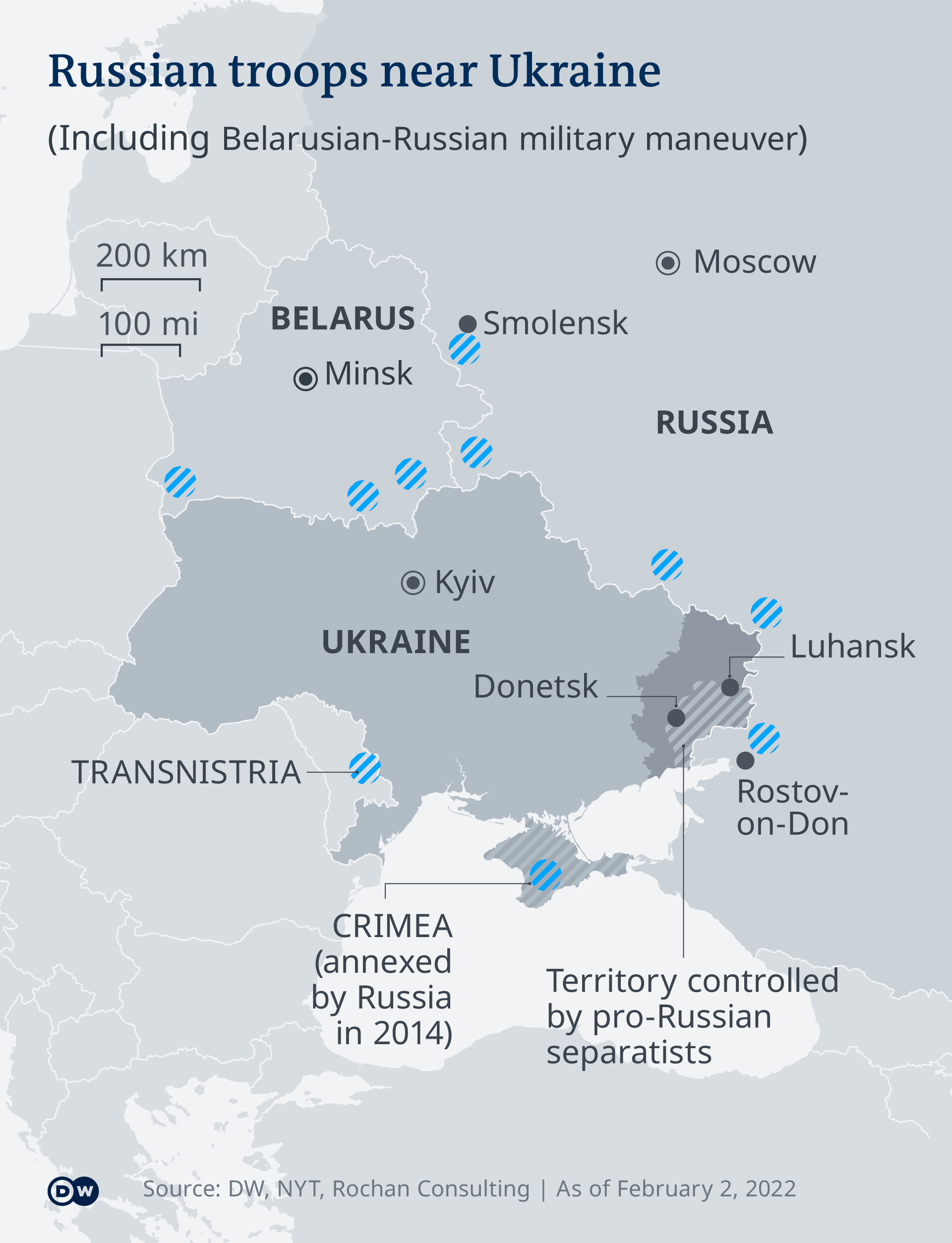
Additionally, Lavrov said he would be speaking with German Foreign Minister Annalena Baerbock later on Friday.
He also expects to meet with US Secretary of State Antony Blinken in the next few weeks.
What else have European leaders said?
French President Emmanuel Macron spoke with President Putin on Friday in an attempt to urge him toward a diplomatic path, Paris said. The Kremlin repeated Russia's grievance that NATO had not taken Russia's demands seriously whereas the Elysee Palace emphasized consequences or diplomacy, leaving a path for the latter open.
UK Defense Secretary Ben Wallace is in Brussels to shore up support for Ukraine. Wallace previously penned an article in support of Ukraine, and the UK has also sent weapons.
Germany's foreign intelligence chief Bruno Kahl said in an interview with Reuters that he did not believe Russia had yet decided whether to invade.
"The crisis can develop in thousands of ways," Kahl said.
Speaking on Friday, Belarusian leader Alexander Lukashenko said war was only possible if Belarus or Russia were attacked. Belarus is currently hosting Russian troops and conducting war games with Russia.
In central Europe, Hungary's Viktor Orban said his country would seek more Russian gas as the country faces a supply crunch. Hungary's foreign minister, Peter Szijjarto, said on Friday in a news briefing broadcast on his Facebook page that the US had offered to temporarily deploy more troops in the country. He said Hungary's Defense Ministry was discussing the issue.
Slovak Foreign Minister Ivan Korcok confirmed in an op-ed for the liberal daily Sme media reports that Slovakia, which borders Ukraine, was in talks to receive NATO troops "in order to strengthen its defense."
Russian warships were also conducting exercises in the Black Sea.
ar,es/msh (AFP, Reuters)
As the United States and other Western countries pull diplomatic staff out of Ukraine over fears of Russian intervention, foreigners working in the Ukrainian capital tell DW life is going on largely as normal — for now.
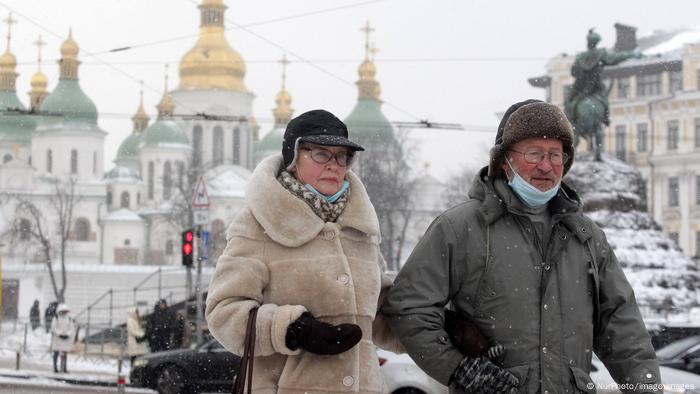
Daily life continues, with Kyiv's typical frigid winters
Jens Daessler is not in a hurry. "I have a phone full of messages," says the German business coach with a weary smile, most of them from friends and relatives asking if he plans to leave his home in Kyiv. It's a familiar story to many foreigners living and working in Ukraine's capital.
While tensions between Russia and Ukraine are nothing new, it was the recent decision by the United States and other Western countries to withdraw embassy staff that really cut through internationally, signaling that war is now a very real possibility.
"Usually I would speak to my parents every month or so; at the moment, I'm speaking to them every two days," says Ken Herbert, who moved to Ukraine from Sydney two years ago.
With Australia also flying out its diplomats and encouraging citizens to steer clear of Ukraine, Herbert received a call from his embassy asking if he was planning to leave. It was a question, he tells us, that caught him off guard.
But like most people DW has spoken to, Herbert is staying.
Taking the decision to pack up and leave is made all the harder by the fact that in normal times, Kyiv is a very safe city in terms of crime. "I generally feel safer here than I do in Australia, in Sydney I wouldn't walk down an alleyway in the night," says Herbert, something he would have no worries doing in Kyiv.
The threat posed by Vladimir Putin's troops is, for now, still hundreds of kilometers away.
"You don't see soldiers, you don't see aircraft flying, you don't see anything that feels like war or danger," agrees Daessler.
Instead, everyday life continues, and news of new restaurant openings is just as likely to appear in people's social media feeds as updates from the border.
Jens Daessler says he struggles to recognize the picture of his adopted home painted by international media. For him "the sun is still shining, there's pizza and there's sushi, there's everything."

As Russian troops build up on the border, life in Kyiv goes on largely as normal
"The situation has changed for people outside Ukraine — they're suddenly more aware of what's going on here," says American communications specialist Kari Hiepko-Odermann, who moved to Kyiv with her husband and children in 2018.
For locals, Hiepko-Oldermann points out, Ukrainians have long been living with the threat of conflict with Russia, as this began nearly a decade ago in 2014 when Moscow annexed Crimea and supported pro-Russian separatists in the east.
"Ukrainians have been sitting in this hot water for more than eight years," as she phrases it. This is part of the reason, she adds, as to why outsiders are more likely than locals to be alarmed by the current situation.
Hiepko-Odermann admits that while she and her family are staying in Kyiv for now, she has already noticed the impact of the tensions, with her children's classmates disappearing as expat families ditch her Kyiv neighborhood.
Some expats, especially those able to work remotely, are taking extended trips away in the hope they can sit out the tensions in safety and return once they subside.
Mixed messages
Mixed messages coming from the very top of Ukraine's government in recent weeks have added to the confusion.
In a recent video message, President Volodymyr Zelenskyy downplayed the threat of escalation and called upon Ukrainians to stay calm and avoid panic-buying.
But the very next day, he told a reporter from The Washington Post that Ukraine's second-biggest city, Kharkiv, just 40 kilometers (25 miles) from the Russian border, was a likely target for Russian occupation.
This was seen as a gaffe in Ukraine, given Zelenskyy's attempts to play the situation down.
A top Ukrainian general recently singled out February 20 as a likely date for a Russian incursion, coinciding as it does with the end of the Winter Olympics in China.
The Kremlin, the argument goes, would not want to anger its allies in Beijing by launching a military campaign that overshadows coverage of the games — as was the case during the 2008 Beijing Games, which coincided with Russia's intervention in Georgia.
At the same time, in briefings of journalists, top Zelenskyy allies have been dismissing Russia's troop buildup as little more than political bluff.
Little wonder, then, that pundits and ordinary Ukrainians alike have been left scratching their heads, trying to understand exactly what is happening in their country.
Ukraine hopes for Western support
In this moment of confusion, many expats are seeing their Ukrainian friends look to the West for reassurance that their country will not be left alone to face Russia.
Berlin's reluctance to send Kyiv defensive weapons is a sore point, and something many German expats say has negatively impacted ordinary Ukrainians' view of Germany. Daessler wishes that "German politicians would step up and give a clear message [of support] for Ukraine."
Recent deliveries of ammunition and anti-tank missiles from the United States have gone down very well with the Ukrainian public, not surprisingly. US President Joe Biden's advanced age, often cited as a weakness, could now be playing out to his advantage, says Hiepko-Odermann.
"He's familiar with how to do Cold War politics."
While international diplomacy continues — often enough without Ukrainian representatives at the table — Ukrainians and expats are being encouraged to prepare to make a hasty exit, should the situation escalate.
Keeping an "emergency case" packed and ready with documents, cash and a first-aid kit could just make the difference between leaving in time and getting stuck. From vodka to disinfect wounds to emergency flares to attract attention, Ukrainian media and forums are full of conflicting advice on what exactly people should try to take with them.
All that is assuming that people would actually be able to leave their hometowns in time if an escalation were to take place. Analysts warn that gridlock on the roads, communication outages and military checkpoints may mean that even the most carefully laid plans end up proving unworkable.
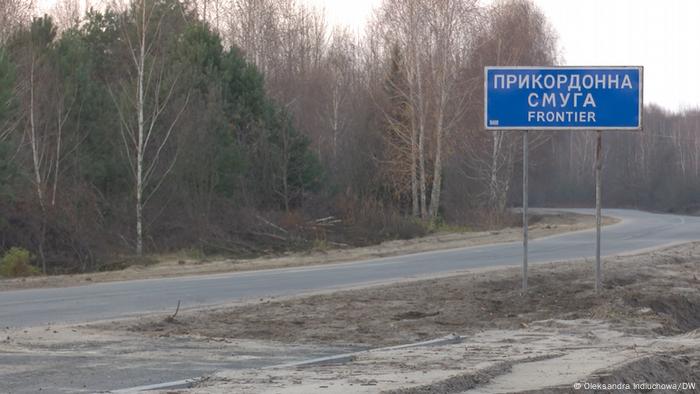
People in Ukraine are reminded that border crossings, like here with Belarus and Poland, may not be easily accessible if Russia invades
But not everyone in Kyiv is packing emergency bags and practicing their first aid skills; some members of Kyiv's expat community have chosen a very different route.
"The more you follow the German news or even the American news, the more scared you are," says Daessler.
The answer for him and many others right now is simple: to try to take a break from the news.
Edited by: Sonya Diehn
